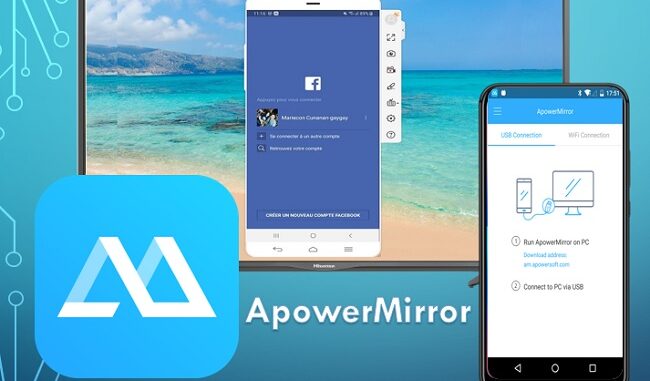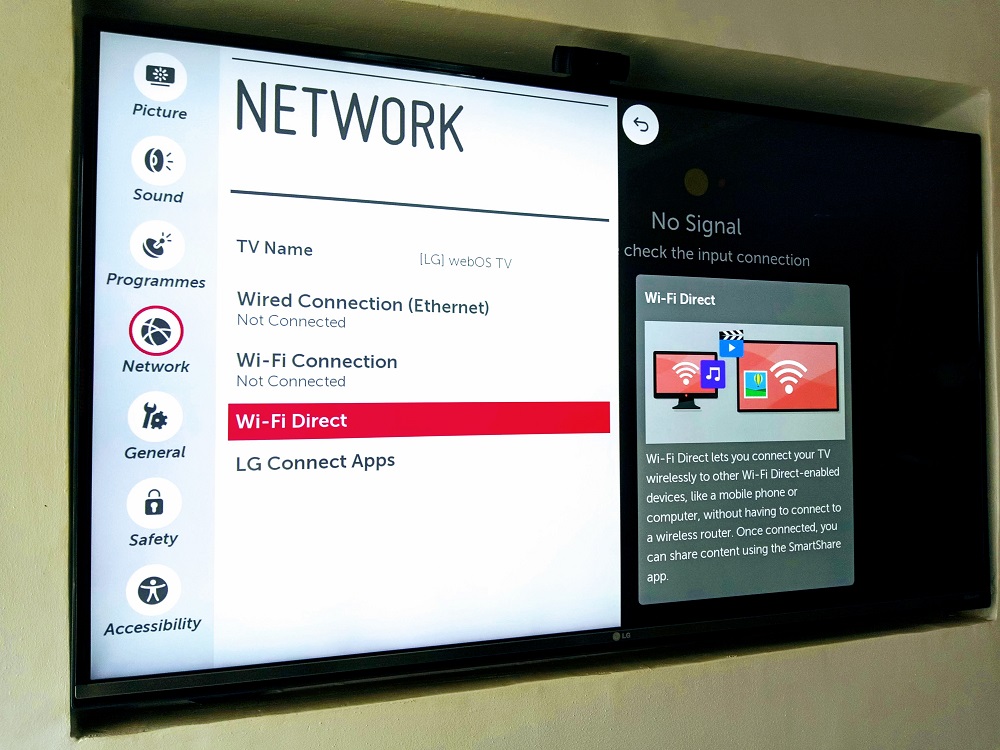
A decade ago, the idea of mirroring the screen of your mobile phone to your television may have seemed silly, but now there is not much content on our mobile devices from HD video to games, so it is completely useful to switch to blow up your phone’s broadcast size small display.
Read on as we show you how. As with almost any technology-oriented problem, there are multiple approaches to the problem of getting content off your Android phone and onto your HDTV. You can use Chrome to shoot movies, photos and a whole lot more. You can even use a Miracast dongle with your Android 4.2+ phone to wirelessly mirror your Android phone.
Introduction
The stability and bandwidth of a Wireless Connection: Chrome cast for streaming media content and Miracast offer mirroring (somewhat unstable) screen that how great they do not (and cannot) offer one thing. If you want a perfect Mirror with an incredibly low send, wireless interference or dropout, quality sound reproduction, HDMI port and the convenience of using the mirroring screen wherever there is no adventure, then you will need a Wireless Connection between your phone and your display.
Once you have confirmed that your phone supports MHL, the only thing you will need is an MHL cable for your phone. Going this far is the most tedious (and potentially frustrating) part of the entire process. With the right cables and at the same time, it’s smooth, But if you buy the wrong cable for your device, you’re in for a really bad time.
Let’s take a look at the compatibility of different MHL cables and how to choose the right one to help you avoid disappointment. There are currently three types of MHL cables on the market. The first type is known as the Standard Micro-USB-To-HDMI Adapter and is a 5-pin micro USB connector. This is the type of cable most MHL devices use. The second type is the Samsung Micro-USB-To-HDMI Adapter with an 11-pin micro USB connector. This is the type of cable used by most Samsung devices (although a few of their products use the 5-pin standard).
Charging
Finally, there is what is known as a passive MHL cable. In addition to the pin type outline above, MHL adapters come in passive and active form. Active cables like the ones we mentioned in the previous paragraph, you can use any television, projector, Or plug your MHL-enabled phone into a receiver with a free HDMI port, including plain old HDMI to MHL powered adapters. A passive MHL cable does not accommodate an active signal and is intended for use between an MHL-enabled device and an MHL-enabled display. When they attach a cable between two MHL-enabled units, they will still provide power to the attached device as MHL cabling is included in the standard power supply, although they do not have an extra cable for charging.
Overall, we can strongly recommend purchasing a passive MHL cable for your device as a limitation. There are relatively few Android devices with MHL support, but the number of MHL-enabled displays on the market is rather small. Practically speaking, your chances of happening upon an MHL-enabled display just by arming your MHL-enabled phone with a passive cable are pretty slim. Even if you’re purchasing the cable primarily for home use (and have an MHL-enabled TV set), select only when you can buy a similarly priced active MHL adapter that will work with displays.
Conclusion
Roku’s growing selection of devices has mixed reviews and is a perennial favorite among consumers. What really makes Roku fly is its ridiculous selection of apps, now numbering over 1000. That being said, Roku initially made our list of all their apps. While the long bereft of the Roku system mirrored, however, the company announced on October 2, 2014 that its Roku 3 and Roku Saw Stick (with HDMI) would now offer straight-up screen mirroring for Android.
While the full list of compatible devices has not been released, the beta service also requires you to have a Wi-Fi connection on your device to mirror the screen and run on the latest software of Android. It is available to run Android 4.4.2, so it is available for KitKat and the latest firmware that was released a few months later, from Lollipop to Jelly Bean. Most devices do it in one form or another, but the announcement also “hardware must support screen mirroring,” you said.
All on Android can also cast their favorite content from the TV with a few popular apps, including our favorite way and Twonky Beam, the ultimate in its turbocharged details. More efficient than AirPlay itself.
